SECO News, August 2018
DUNCAN’S DIGEST
HOT BUCKS & CUSTOMER CHARGE
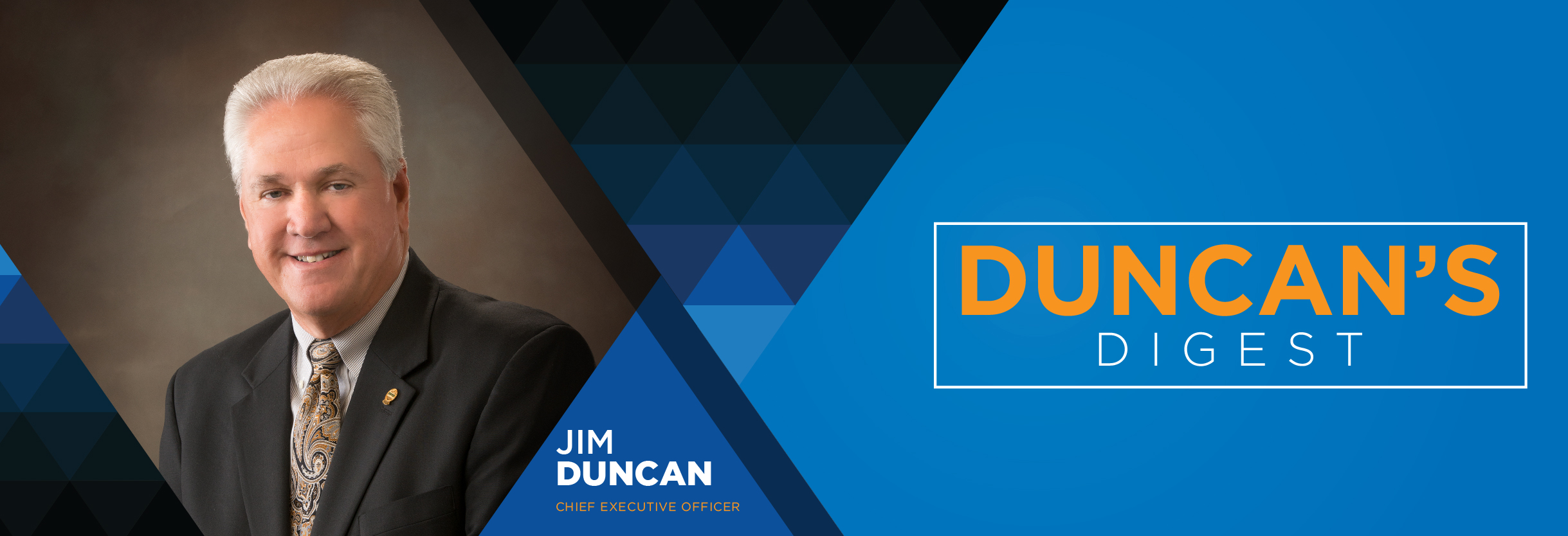
THE UPSIDE
Eight times since 2014, I’ve had the pleasure of sharing the news that SECO Energy’s wholesale power costs have decreased, thus lowering your bills. This wholesale cost stability has allowed SECO to apply a Power Cost Adjustment (PCA) – aka “Hot Bucks” – as a line item on your bill. SECO’s Board of Trustees recently approved a larger PCA credit – which lowers the cost of energy. Effective September 1, this reduction marks the ninth time in four years that SECO has applied a PCA that lowered members’ bills based on wholesale power cost.
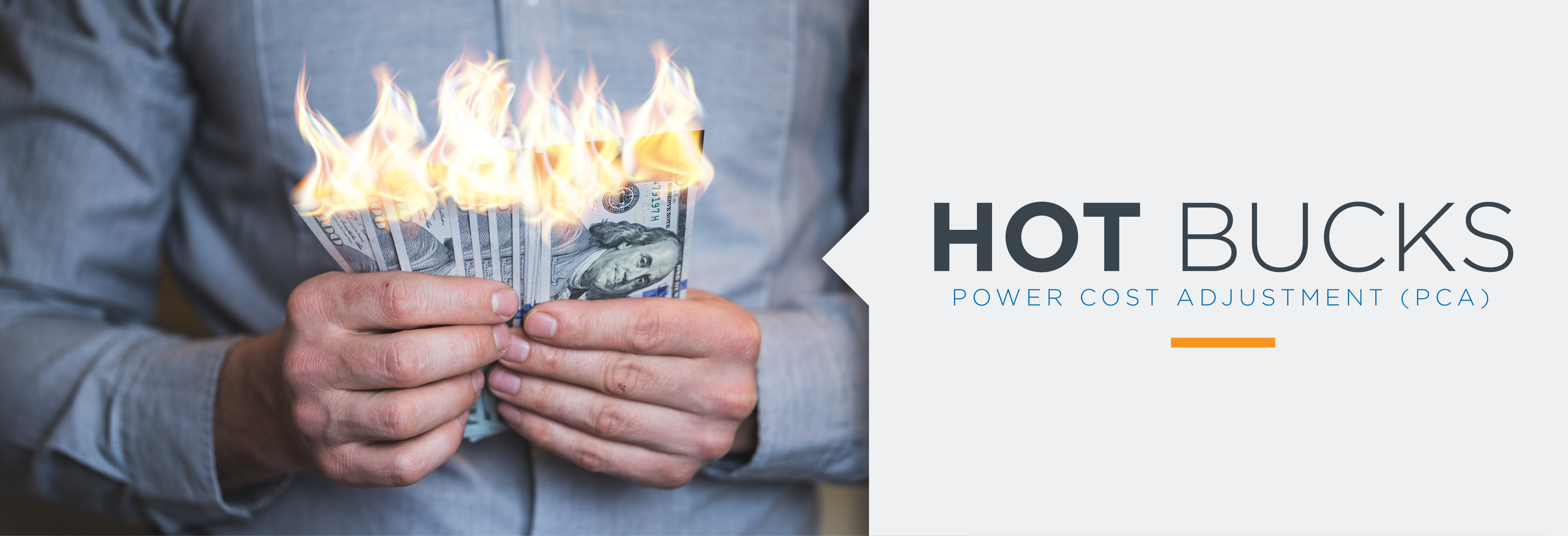
THE DOWNSIDE
While wholesale costs remain stable, costs associated with maintaining the distribution infrastructure and actual power delivery continue to rise. These are represented by a line item on your bill titled “customer charge.” Residential members are currently charged $20.00 a month. Beginning September 1, that charge will be calculated on a daily basis rather than monthly to more accurately reflect the cost of providing service based on the number of days in your billing cycle. At the new cost of 83 cents a day, the customer charge equates to $24.90 for a 30-day billing cycle. The increase is less than 18 cents a day, and is also offset by the PCA credit I mentioned earlier.
THE WHY
Following the principles of prudent financial management, SECO conducts periodic cost studies to ensure proper alignment with our rates. Per our recent cost-of-service study, there are a variety of factors leading to the shift in greater reliance on the customer charge component of our overall rate. Delivering power that is affordable, safe and reliable to more than 200,000 families and businesses in Central Florida requires a well-maintained electric infrastructure and a vegetation management program that reduces tree-related outages before, during and after storms. These programs and storm hardening activities supporting an $855 million electric system come with a hefty price tag.
Storm hardening includes our pole inspection and replacement program and equipment upgrades/replacements in aging areas. The 2018 budget for upgrading existing infrastructure and constructing new facilities to meet growing power demand reached $45 million. In addition, SECO’s annual tree trimming costs have risen from $8 million to $10 million. The investment, in turn, has paid off by reducing tree-related outages by 50 percent over the last decade.
To maintain the high standard of customer service you expect and deserve, SECO does not outsource to other countries for cheap labor. Our Member Service Centers and Call Center are staffed with local employees dedicated to top-notch service allowing for these SECO investments to be retained in local communities.
Investments in new technology such as the new outage reporting, and communications platforms (StormCenter) add to the overall costs. SECO also absorbs the expense of convenience fees for debit/credit card payments in order to facilitate easier ways to pay for our members. With more members embracing these payment types by phone or online, that portion of SECO’s cost is rising faster than the savings from reduced Member Service Center traffic.
Speaking of storms, the total costs associated with the damage and recovery from Hurricane Irma topped $27.5 million. Hundreds of out-of-state contract crews worked for nearly a week at breakneck speed to restore power to the 139,000 members – almost 70 percent of our system – who lost power as Irma came directly through our area last September. Though FEMA reimburses cooperatives for a good portion of named storm costs, the percentage fluctuates and the process is slow, leaving SECO with carrying costs of that financial burden.
THE BILL
These factors along with cost-of-service study calculations and changing market projections are clear indicators of a customer charge increase which SECO’s Board of Trustees approved. I share the Board’s opinion that the daily calculation is a more accurate recovery of the true cost of providing residential service – regardless of usage. A sample bill is provided for you to recognize these line item adjustments when you receive your bill.
Though total operating expenses increased by nearly $6 million from 2016 to 2017, I can wholeheartedly assure you that SECO is fiscally sound and healthy. We continue to operate responsibly in the interest of high-quality service. Growth continues at a manageable pace, our equity position remains in line with loan covenants and we continue to retire Capital Credits to members annually. You’ll find a testament to this financial health on our website in our 2017 Annual Report.
For more information on the Hot Bucks and Customer Charge adjustments, view our newly produced “Hot Bucks & Customer Charge” video on our YouTube channel.
I realize the news I’ve shared is mixed but assure you our responses to changing financial conditions are appropriate and necessary. Thank you for the opportunity to serve your family’s energy needs.
Sincerely,
Jim Duncan
Chief Executive Officer

SOLAR SOLUTIONS
Considering an investment in solar power generation? Do you have questions about solar generation but are finding few answers? Our Energy Services Specialists can help.
Before committing to purchase a solar system, contact SECO first. A trained Energy Services Specialist will visit your home to determine its conduciveness to solar. Our Specialist will review your historical energy consumption which can help you determine your desired solar system size, and provide an overview of SECO’s interconnection agreement, timeline and process.
SECO facilities including substations, transformers, lines, poles, meters and peak time power supply still serve solar-producing members when the sun isn’t shining… at night, on cloudy days, during Florida’s daily summer thunderstorms and on cold winter mornings before sunrise.
Additionally, solar systems don’t typically provide your home with power during an outage. Solar systems are installed with an automatic shut-off that activates during power outages. This is a safety feature to prevent a member’s system from generating energy and backfeeding energy to the grid and injuring utility workers. There is an exception to this rule – solar systems that include battery back-up or high-tech inverters may operate during a power outage.

LOG IN & WIN!
LOG IN TODAY FOR YOUR CHANCE TO WIN A $500 BILL CREDIT OR AN IPAD AIR
According to the National Hurricane Center, September is traditionally the peak month for tropical storm and hurricane activity in the Atlantic. Don’t get left in the dark! Update your contact information today for the chance to win a $500 SECO bill credit or an iPad Air.
First Chance to Win:
SMARTHUB – BILLING/PAYMENT CONTACT INFO
Earn an entry into the drawing for a $500 SECO bill credit or iPad Air by establishing an online account or login to an existing online account – called SmartHub. Once you’ve logged in, verify that SECO has your current email address and phone numbers associated with billing/payment. SmartHub is also available as an app for your smartphone or tablet. Search for SmartHub in your mobile device’s app store and follow the instructions to download.
Second Chance to Win:
STORMCENTER – OUTAGE NOTIFICATION CONTACT INFO
As an added bonus, earn a second entry in the drawing by updating your contact information associated with outage communication. From our home page, click on StormCenter and choose “Manage Notifications.” Use your account number and zip code to update preferred outage communication delivery methods – email, text and/or voice notifications.
Simply logging into these two tools enters you in the drawing twice. Do so by September 15 for a chance to win a $500 bill credit or an iPad Air. Good luck!
Read the full August SECO News online.



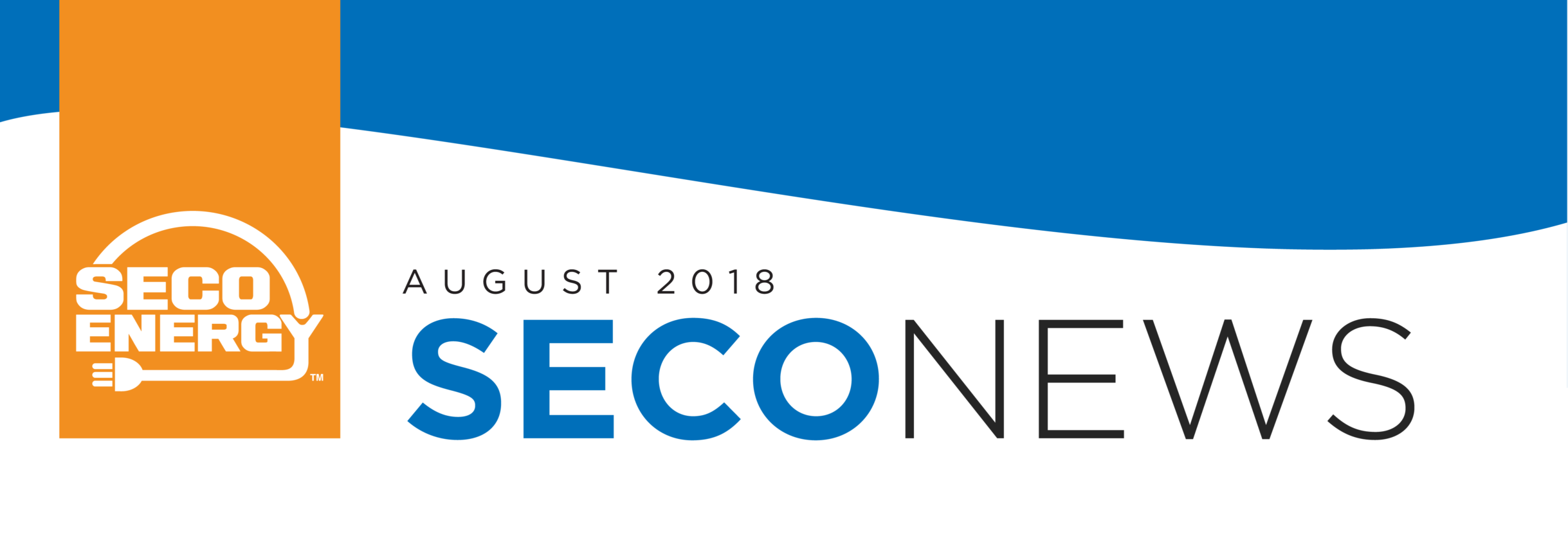
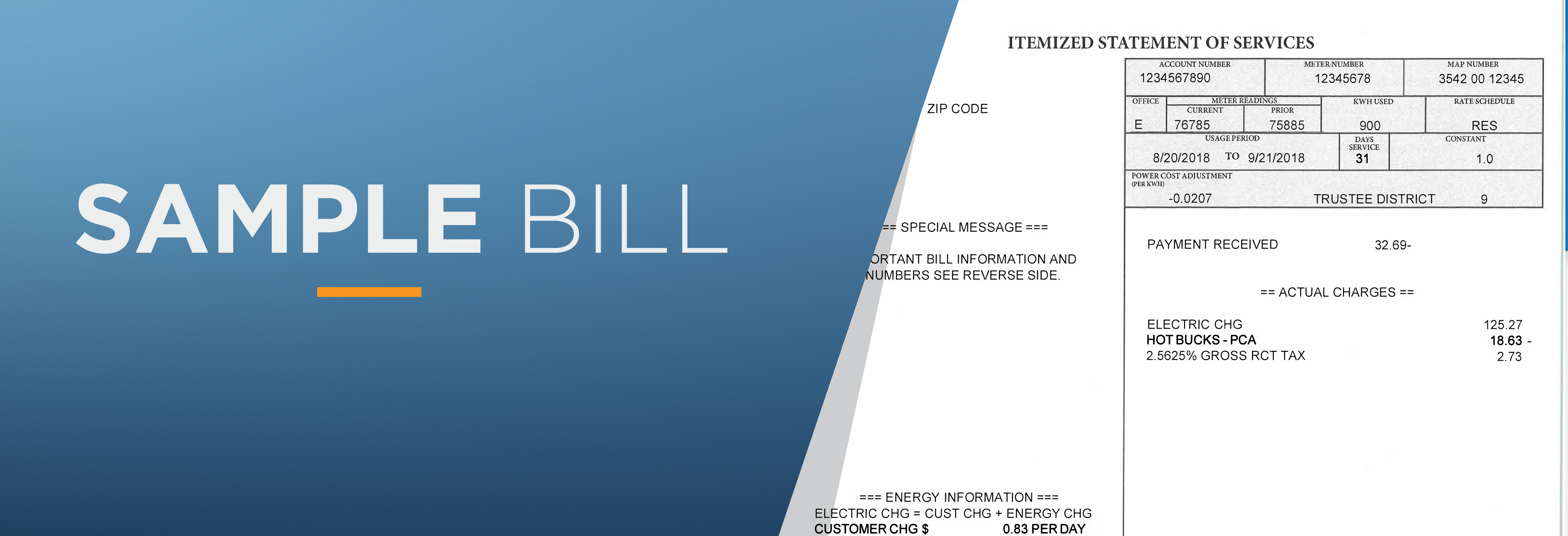
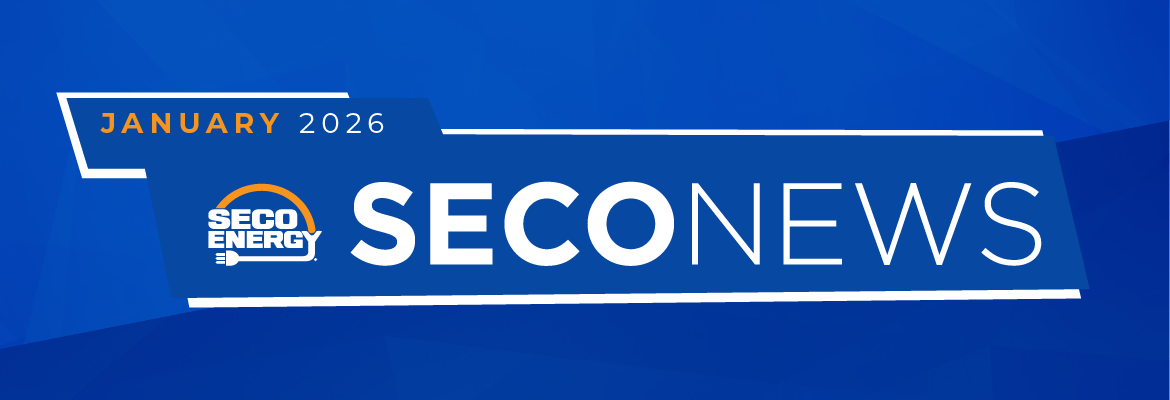
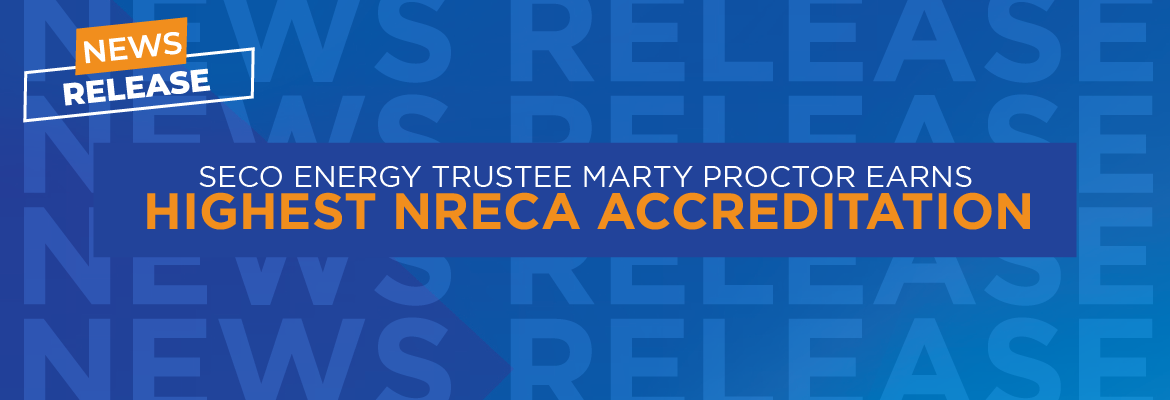

Edward Tracey
I am looking for information on the smart meter installed on my house. Please direct me to where this information is on your web site.
Amanda Richardson
That’s a great question. Currently, SECO does not have an Automated Meter Infrastructure (AMI) program, or as some consumers term it “smart” meters, as of yet. SECO may adopt an AMI program in the future. Most meters in the field are now digital/electronic meters – dial/analog meters are no longer manufactured. If you would like information about your specific meter, please email customerservice@secoenergy.com – include your service address, a good contact phone number and the information you would like to learn about. Thank you.